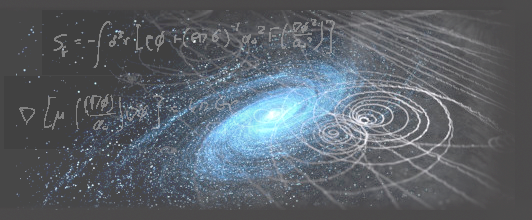Speaker
Description
Cosmic neutrinos are the perfect messenger particles. They can propagate vast distances uninterrupted, making it possible to probe the most violent phenomena in the universe, but they are also notoriously difficult to detect. The Radio Neutrino Observatory, currently under construction in Greenland, will, once completed, be the first experiment large enough to tap into the predicted neutrino flux models at EeV energies and serve as a testbed for the order-of-magnitude larger IceCube-Gen2 Radio observatory. Using the Askaryan effect from neutrino-induced particle cascades, 35 autonomously operating radio stations will monitor several cubic kilometers of ice for neutrino interactions for many years into the future. I will present the current status of the experiment and introduce its design and science goals. I will highlight the Swedish contributions of an autonomous power system, deep-learning-based triggers to increase neutrino detection rates, and the development of a new DAQ system to run advanced trigger algorithms in real-time.

